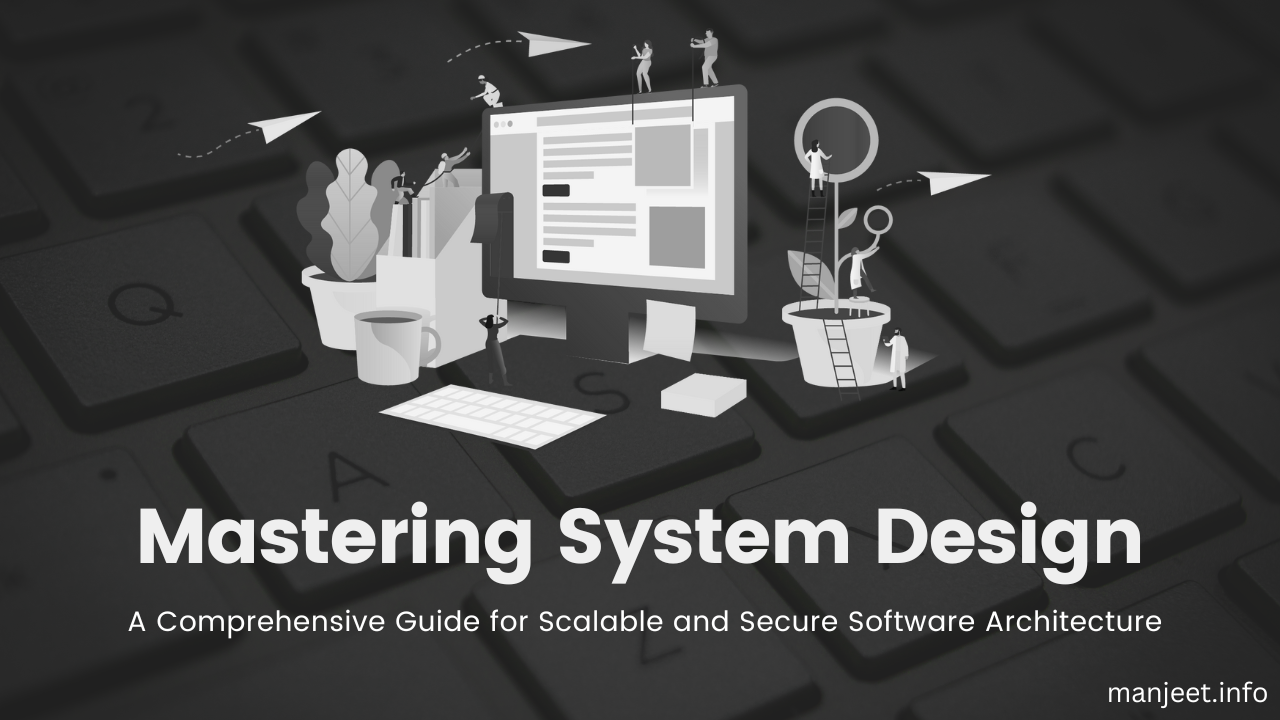Hotstar and JioCinema are two popular video streaming platforms that handle a large amount of traffic and data. If you’re building a similar application, it’s essential to have a robust infrastructure that can handle high traffic volumes while delivering a seamless user experience. In this blog post, we’ll discuss some best practices for handling large amounts of traffic and data in video streaming applications like Hotstar and JioCinema.
Here are some best practices that can help you in handling large amounts of traffic and data in video streaming applications.
- Scalability
One of the critical factors for handling high traffic volumes is scalability. You should design your application to scale horizontally, meaning that you can add more servers or nodes as the traffic increases. Cloud platforms like AWS and Google Cloud Platform can help you achieve scalability by providing you with scalable infrastructure and services like load balancers, auto-scaling, and distributed databases.
- Content Delivery Networks (CDNs)
A CDN is a network of servers distributed across multiple geographic locations that store and deliver content to end-users. By using a CDN, you can reduce the load on your servers, minimize latency, and improve the user experience. Hotstar and JioCinema use CDNs to distribute their content to users worldwide. Read more about What is a CDN? How CDN Works?
- Video Encoding and Transcoding
Video encoding and transcoding are essential processes for video streaming applications. Encoding refers to the process of compressing video files, while transcoding refers to the process of converting video files from one format to another. By using efficient video encoding and transcoding techniques, you can minimize the file size of your videos, reduce bandwidth usage, and deliver a seamless user experience.
- Caching
Caching is the process of storing frequently accessed data in memory to reduce the number of database queries. By caching data like user profiles, playlists, and frequently watched videos, you can improve the performance of your application and reduce the load on your database.
- Database Optimization
Database optimization is critical for handling large amounts of data. You should design your database schema to optimize for the types of queries that your application makes. You should also use indexes to speed up queries and minimize the time it takes to access data. Hotstar and JioCinema use distributed databases like Apache Cassandra to handle their large amounts of data.
- Content Security
Content security is critical for video streaming applications that deal with sensitive content like movies and TV shows. You should use encryption techniques like AES-256 to protect your content from unauthorized access. You should also use digital rights management (DRM) solutions to ensure that only authorized users can access your content.
- Monitoring and Analytics
Monitoring and analytics are essential for ensuring the reliability and performance of your application. By monitoring your application, you can detect and respond to issues before they become critical. By using analytics, you can gain insights into user behavior and preferences, which can help you optimize your application for a better user experience.
In conclusion, building a video streaming application like Hotstar and JioCinema requires careful planning and implementation. By following these best practices, you can ensure that your application remains available, reliable, and performs well under high traffic conditions. Remember to always test your application under realistic conditions and continue to monitor and optimize it over time.
Also read
MySQL Optimization Essential Strategies for Enhancing Database Performance
Optimizing Redis Cache in a Cluster for High Performance







